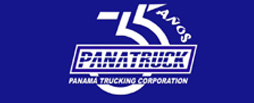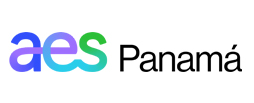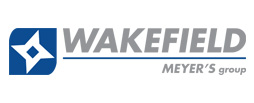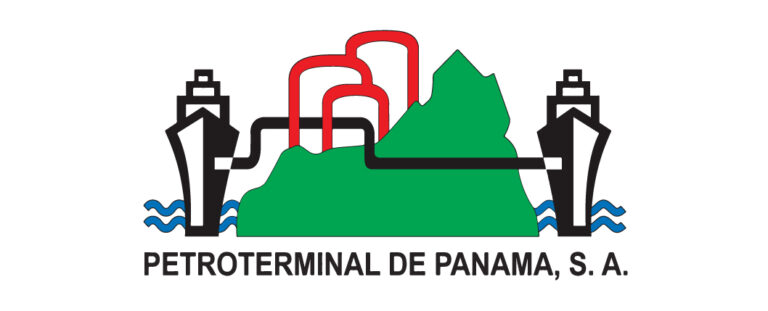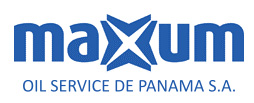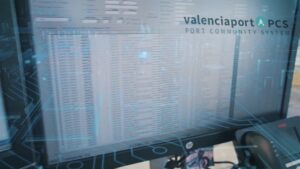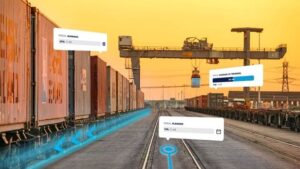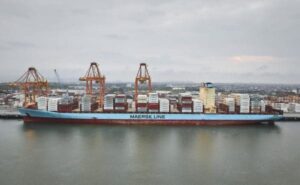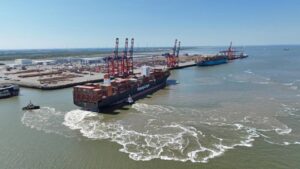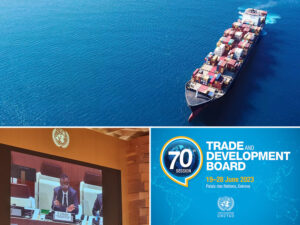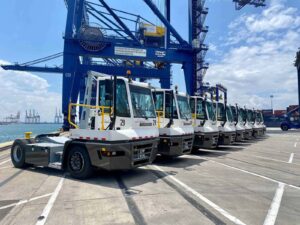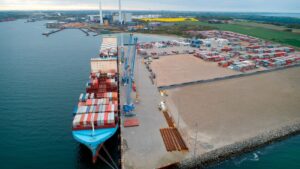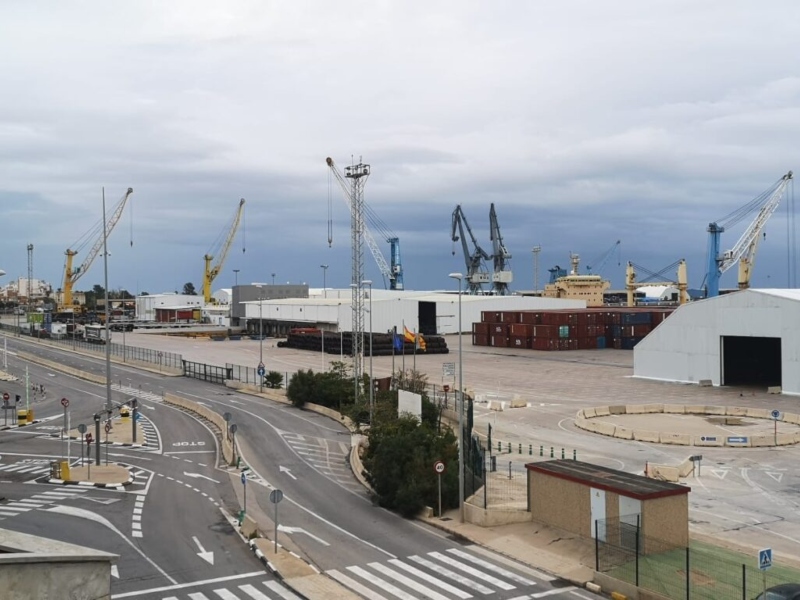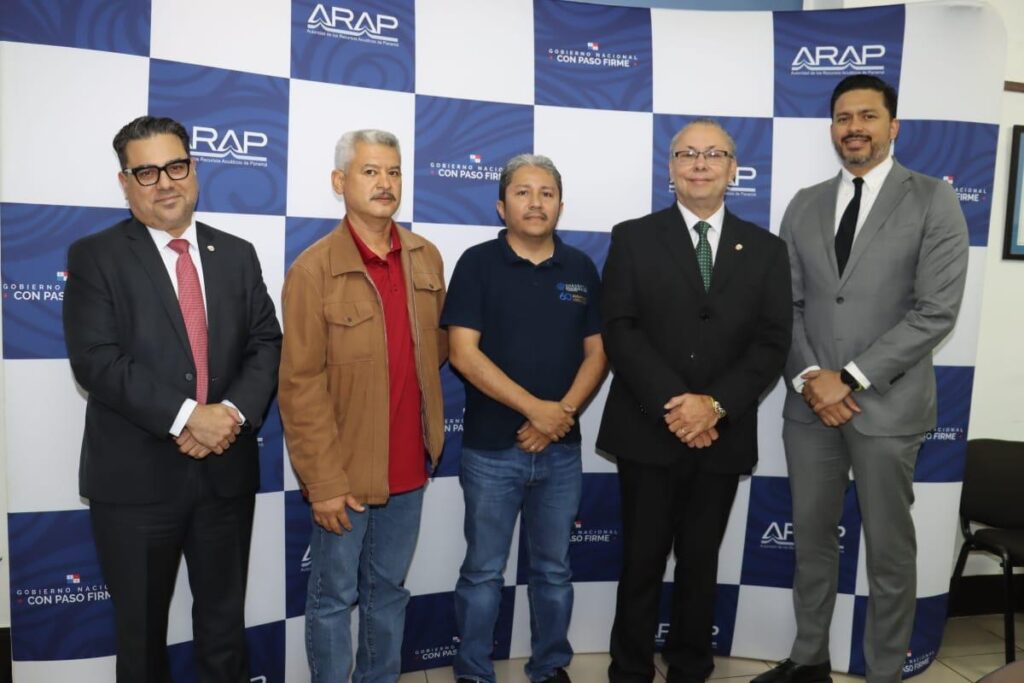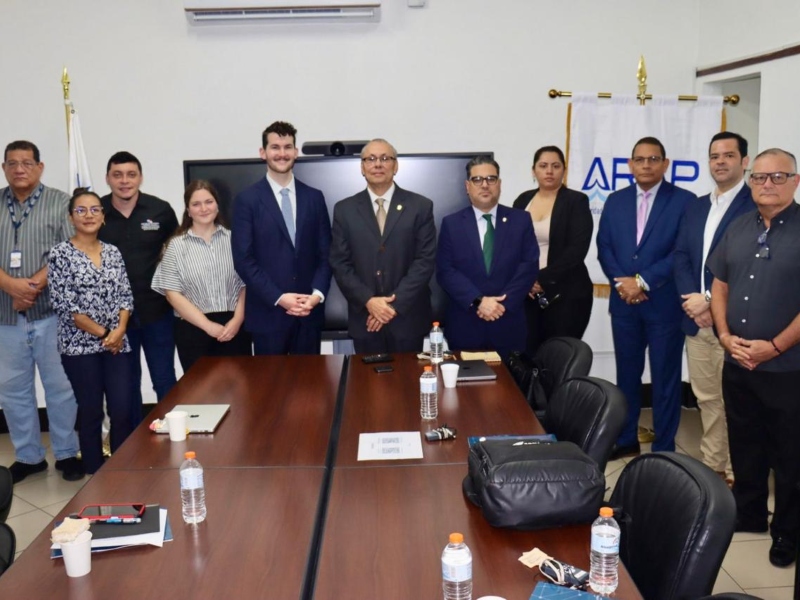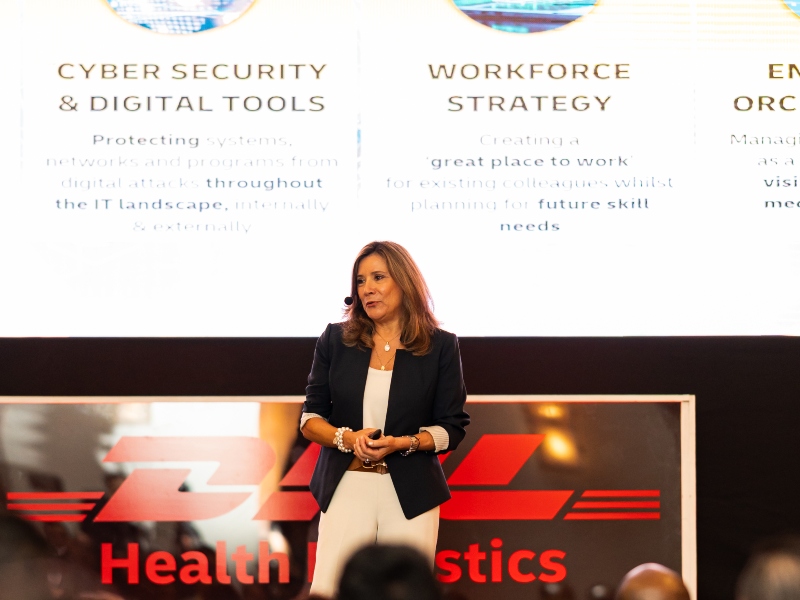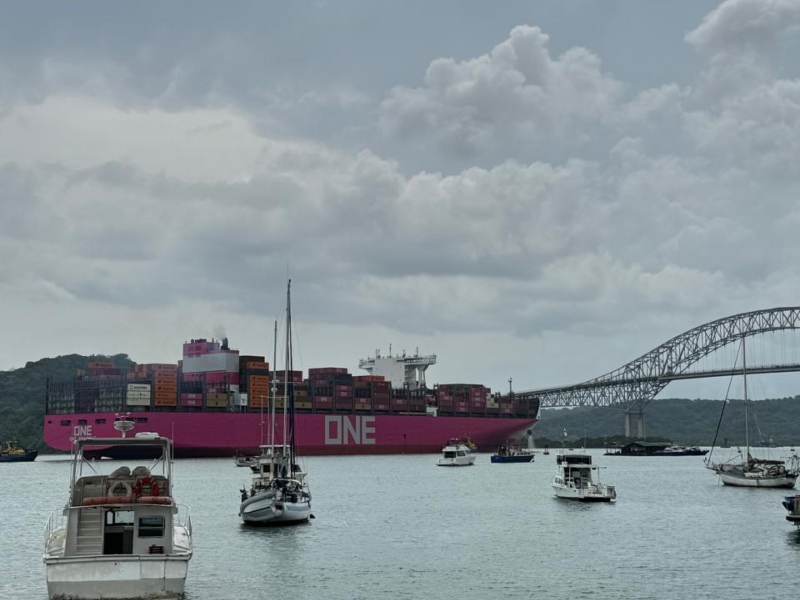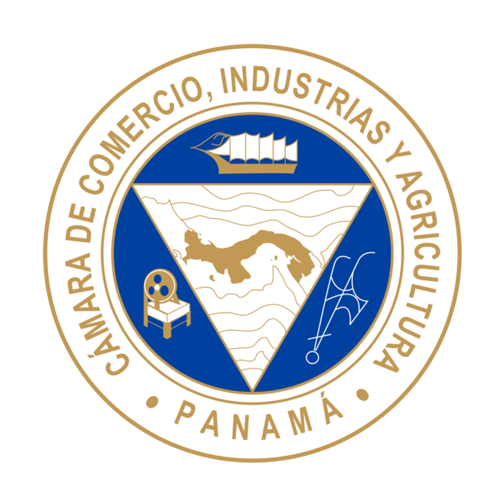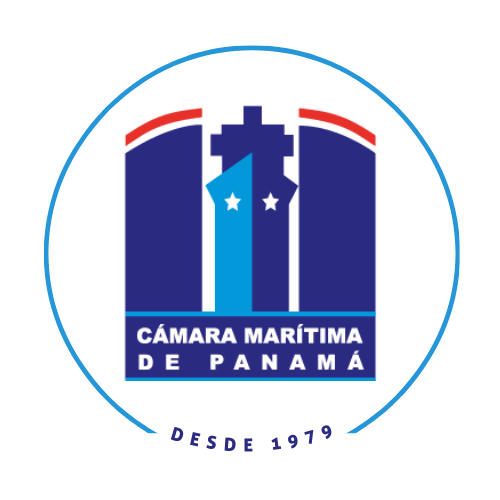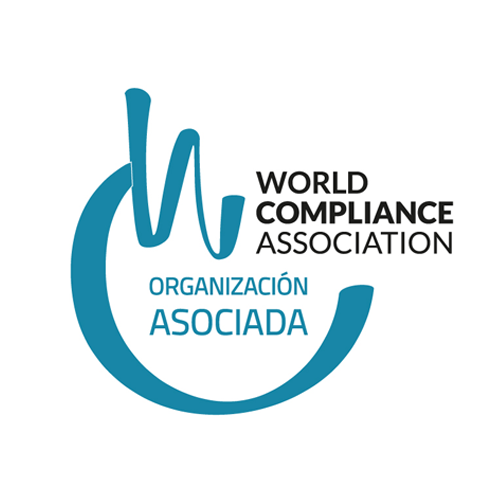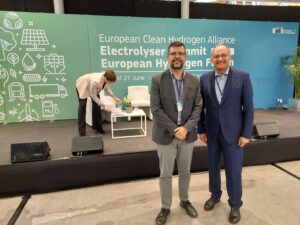
Valenciaport opens the hydrogen pathway in European ports
Source: Valenciaport Valenciaport paves the way for the deployment of hydrogen in Europe. The plan of the Port Authority of Valencia (PAV) to convert its docks into a ‘zero emissions’ zone by 2030, places the Valencian ports as pioneering enclaves in the application of this fuel technology. As a pioneering port institution in environmental matters, Valenciaport took part today in the meeting of the CEOs of the Clean Hydrogen Alliance in Brussels where it presented the hydrogen projects underway and which mark the way for the rest of the ports of Europe to be able to replicate these initiatives. Joan Calabuig, President of the Port Authority of Valencia, attended this meeting accompanied by Josep Sanz, Director of Energy Transition and Sustainability of the Valenciaport Foundation. The aim of this event – which brought together in Brussels the most innovative port institutions in the use of this fuel – is to identify a portfolio of viable projects to be given priority in the future implementation of hydrogen. In this sense, the use of green hydrogen, which the European Union has indicated as a preferential energy in the development of strategic projects to accelerate the decarbonisation of industry, is one of the




